Octopus-inspired robot that can stretch and reach like no other!

The octopus’s arms coordinate nearly infinite degrees of freedom to perform complex movements such as reaching, grasping, fetching, crawling, and swimming. How these animals accomplish such a wide range of activities remains a source of mystery, wonder, and inspiration, part of the challenge coming from the intricate organization and biomechanics of internal muscles.
The impressive capabilities of octopus arms have long served as inspiration for the design and control of soft robots, such soft robots have the potential to perform complex tasks in unstructured environments while operating safely with humans, with applications ranging from agriculture to surgery.
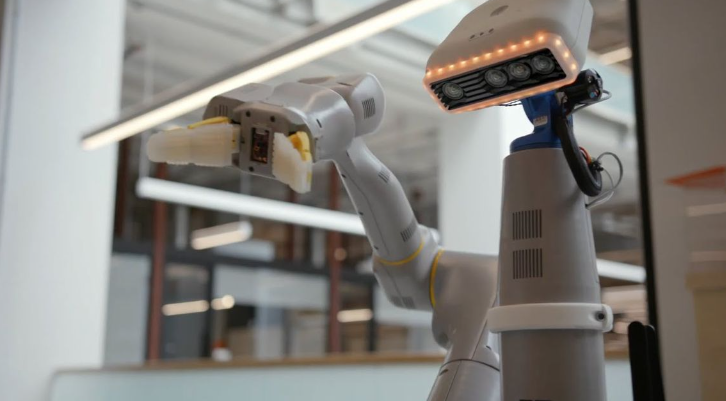
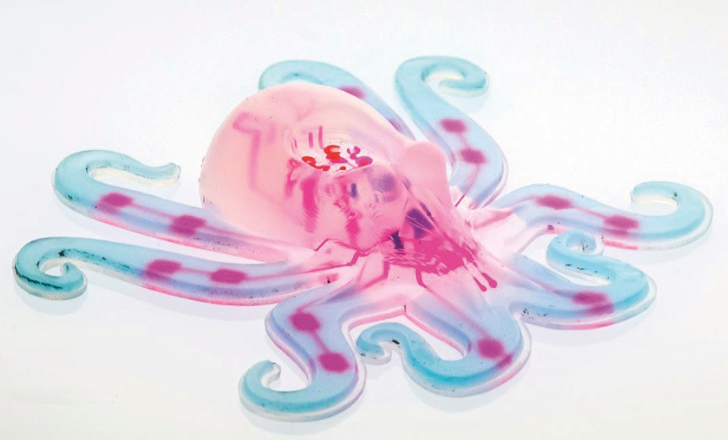
The team’s key idea was to express the musculature of the arm through a function of stored energy, a concept taken from the theory of continuous mechanics, the arm rests at the minimum of an energy landscape. Muscular actuations modify the function of stored energy, thus changing the balance position of the arm and guiding the movement.
Acting muscles using stored energy dramatically simplifies arm control design. In particular, the study describes an energy modeling control methodology to calculate the muscle activations required to solve manipulative tasks such as reaching and grasping; this model led to remarkably realistic movement when an octopus arm was simulated in three dimensions.
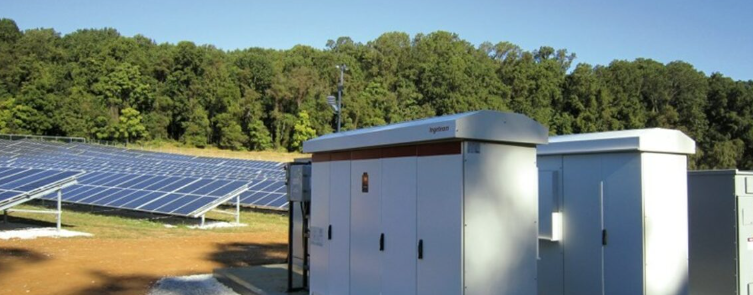

Future work will discuss the biological implications of energy-based control. In addition, the researchers are collaborating with industrial and business systems engineers to incorporate their mathematical insights into the design and control of real robots. This will not only create a systematic way to control soft robots, but also provide a deeper understanding of their working mechanisms.
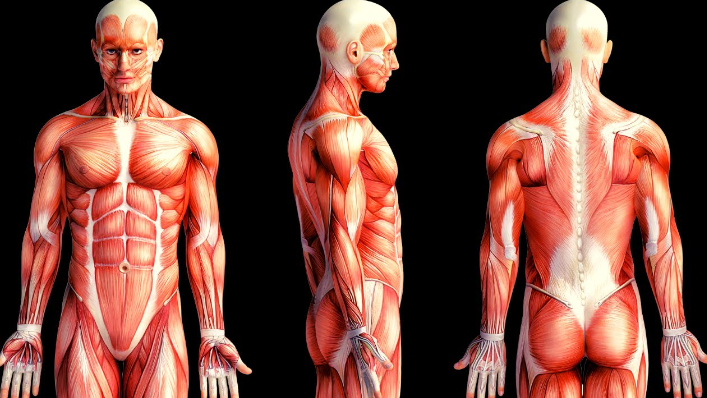
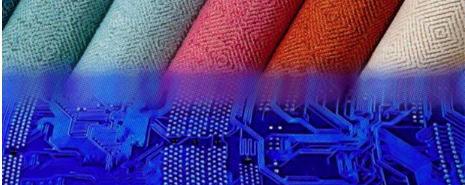
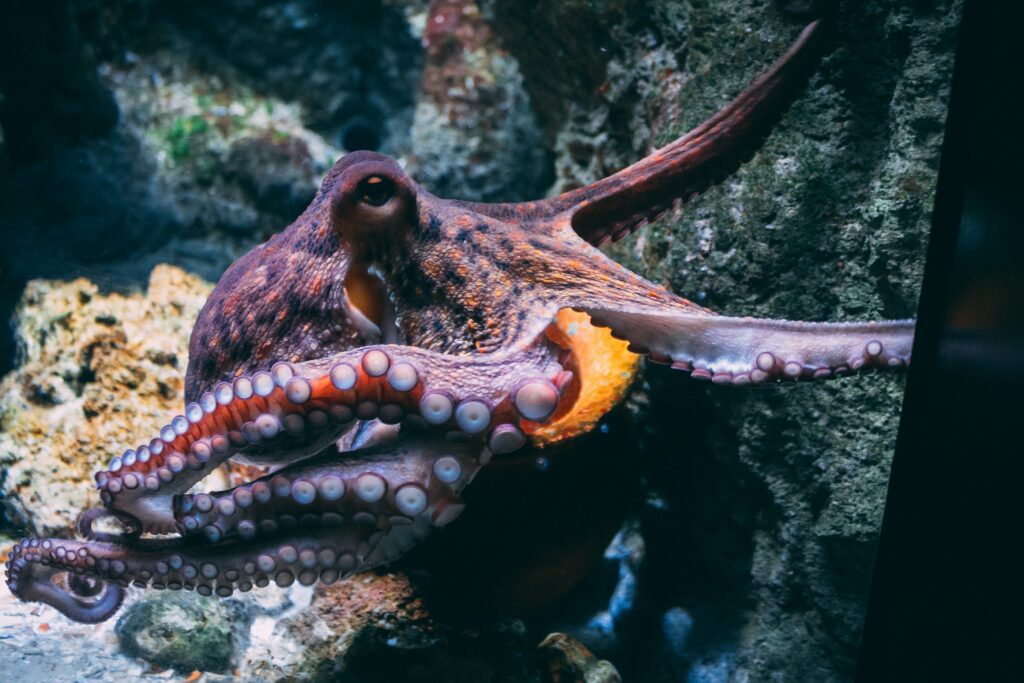

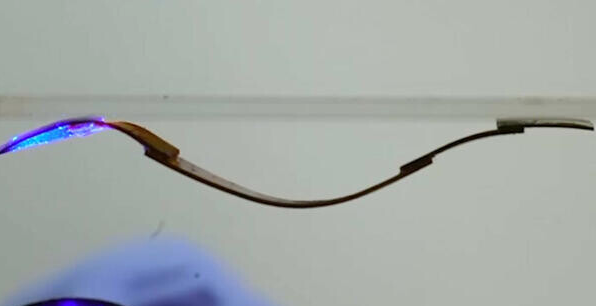
Responses